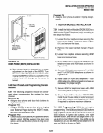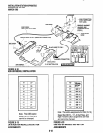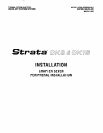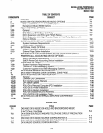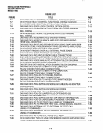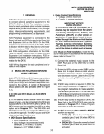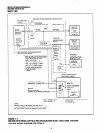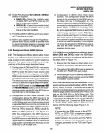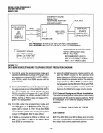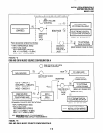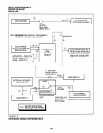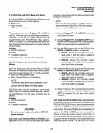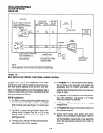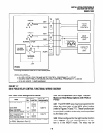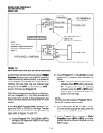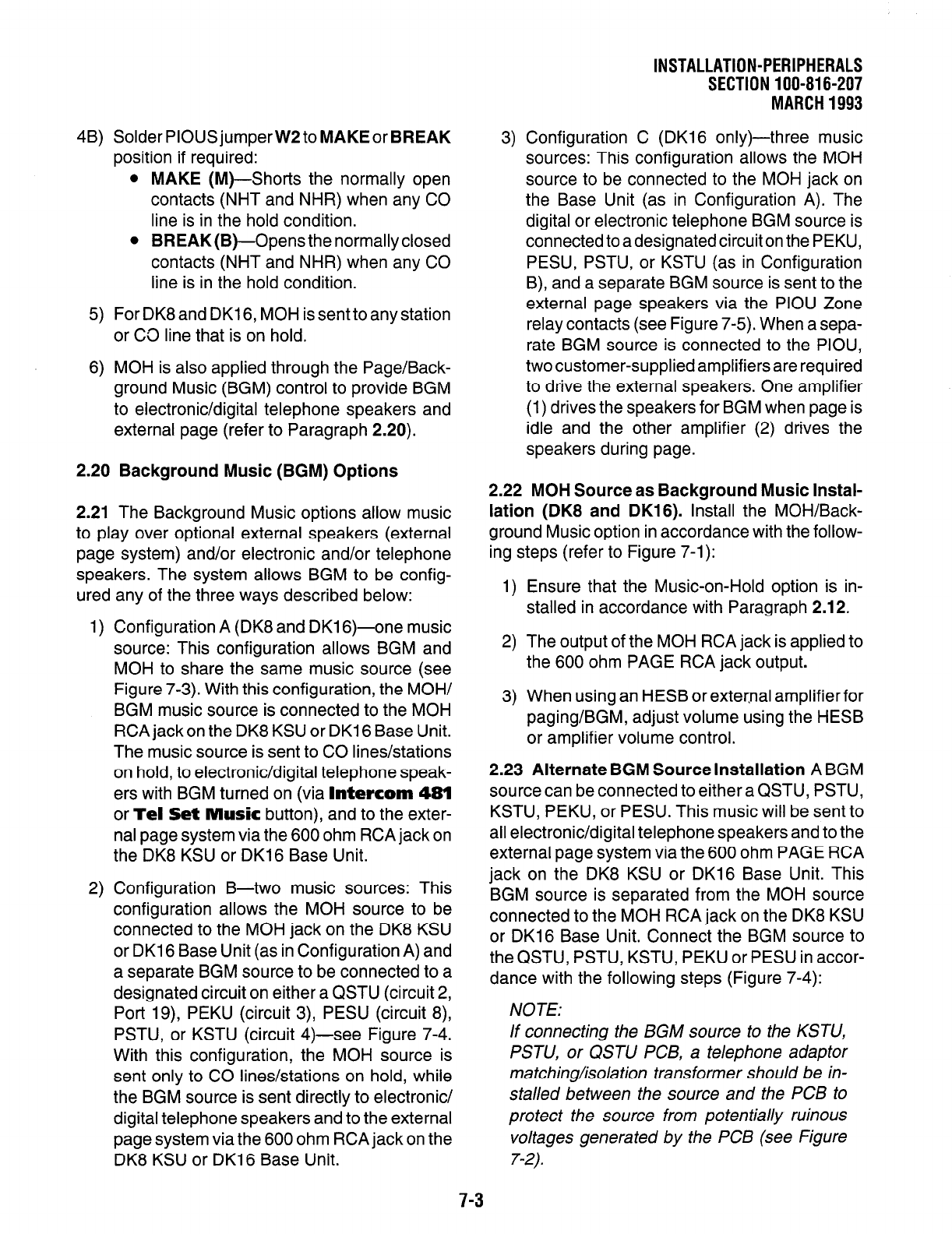
4B) Solder PIOUS jumper W2 to MAKE or BREAK
position if required:
l
MAKE (M)--Shorts the normally open
contacts (NHT and NHR) when any CO
line is in the hold condition.
l
BREAK(B)-Opens the normally closed
contacts (NHT and NHR) when any CO
line is in the hold condition.
5) For DK8 and DK16, MOH is sent to any station
or CO line that is on hold.
6) MOH is also applied through the Page/Back-
ground Music (BGM) control to provide BGM
to electronic/digital telephone speakers and
external page (refer to Paragraph 2.20).
2.20 Background Music (BGM) Options
2.21 The Background Music options allow music
to play over optional external speakers (external
page system) and/or electronic and/or telephone
speakers. The system allows BGM to be config-
ured any of the three ways described below:
1)
2)
Configuration A (DK8 and DK16)-one music
source: This configuration allows BGM and
MOH to share the same music source (see
Figure 7-3). With this configuration, the MOH/
BGM music source is connected to the MOH
RCA jack on the DK8 KSU or DK16 Base Unit.
The music source is sent to CO lines/stations
on hold, to electronic/digital telephone speak-
ers with BGM turned on (via Intercom 481
or Tel Set Music button), and to the exter-
nal page system via the 600 ohm RCA jack on
the DK8 KSU or DK16 Base Unit.
Configuration B-two music sources: This
configuration allows the MOH source to be
connected to the MOH jack on the DK8 KSU
or DK16 Base Unit (as in Configuration A) and
a separate BGM source to be connected to a
designated circuit on either a QSTU (circuit 2,
Port 19), PEKU (circuit 3) PESU (circuit 8),
PSTU, or KSTU (circuit 4)-see Figure 7-4.
With this configuration, the MOH source is
sent only to CO lines/stations on hold, while
the BGM source is sent directly to electronic/
digital telephone speakers and to the external
page system via the 600 ohm RCA jack on the
DK8 KSU or DK16 Base Unit.
INSTALLATION-PERIPHERALS
SECTION 100-816-207
MARCH 1993
3) Configuration C (DK16 only)-three music
sources: This configuration allows the MOH
source to be connected to the MOH jack on
the Base Unit (as in Configuration A). The
digital or electronic telephone BGM source is
connected to a designated circuit on the PEKU,
PESU, PSTU, or KSTU (as in Configuration
B), and a separate BGM source is sent to the
external page speakers via the PIOU Zone
relay contacts (see Figure 7-5). When a sepa-
rate BGM source is connected to the PIOU,
two customer-supplied amplifiers are required
to drive the external speakers. One amplifier
(1) drives the speakers for BGM when page is
idle and the other amplifier (2) drives the
speakers during page.
2.22 MOH Source as Background Music Instal-
lation (DK8 and DK16). Install the MOH/Back-
ground Music option in accordance with the follow-
ing steps (refer to Figure 7-l):
1)
2)
3)
Ensure that the Music-on-Hold option is in-
stalled in accordance with Paragraph 2.12.
The output of the MOH RCA jack is applied to
the 600 ohm PAGE RCA jack output.
When using an HESB or external amplifier for
paging/BGM, adjust volume using the HESB
or amplifier volume control.
2.23 Alternate BGM Source Installation A BGM
source can be connected to either a QSTU, PSTU,
KSTU, PEKU, or PESU. This music will be sent to
all electronic/digital telephone speakers and to the
external page system via the 600 ohm PAGE RCA
jack on the DK8 KSU or DK16 Base Unit. This
BGM source is separated from the MOH source
connected to the MOH RCA jack on the DK8 KSU
or DK16 Base Unit. Connect the BGM source to
the QSTU, PSTU, KSTU, PEKU or PESU in accor-
dance with the following steps (Figure 7-4):
NOTE:
If connecting the BGM source to the KSTU,
PSTU, or QSTU PCB, a telephone adaptor
matching/isolation transformer should be in-
stalled between the source and the PCB to
protect the source from potentially ruinous
voltages generated by the PCB (see Figure
7-2).
7-3



